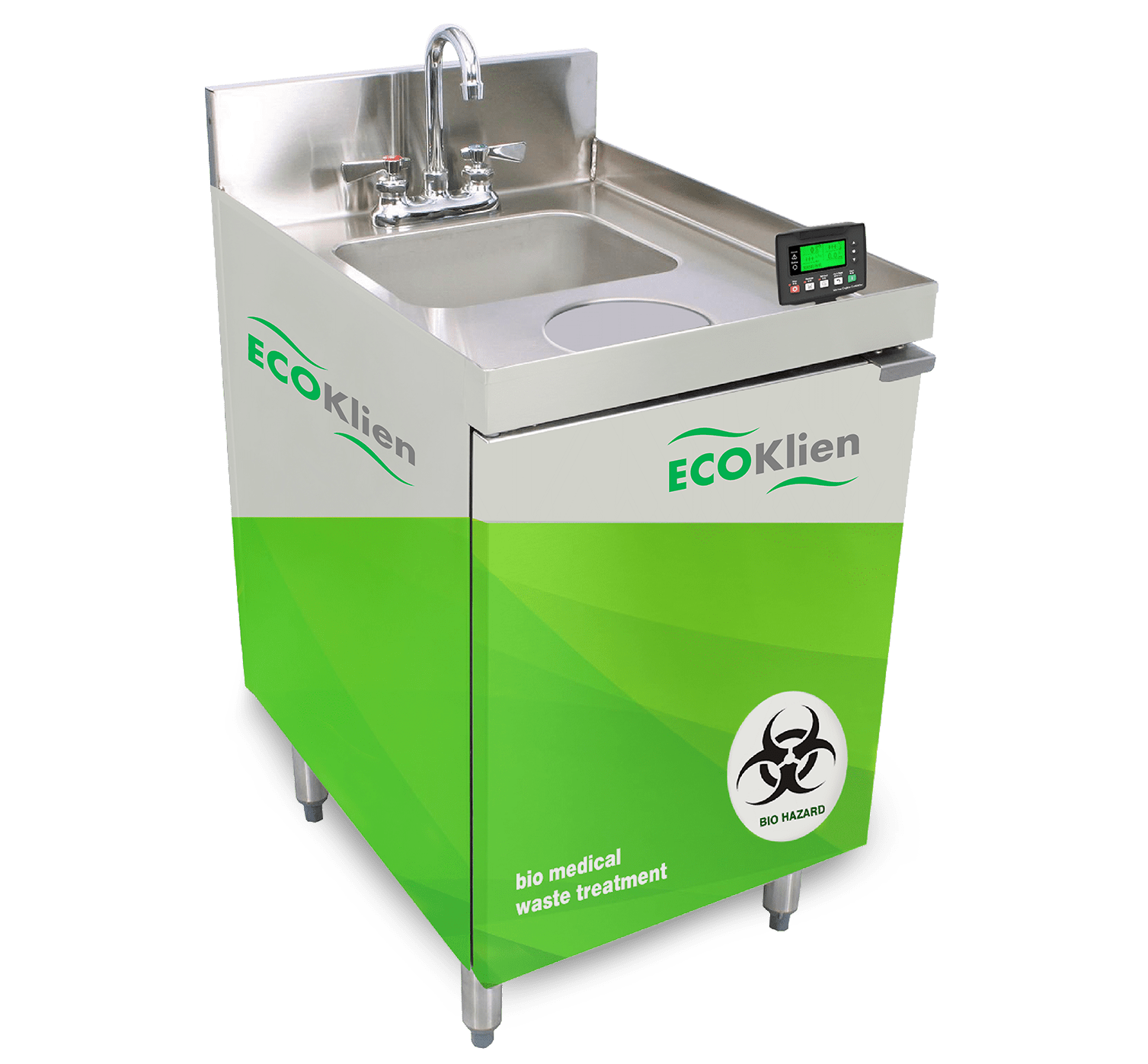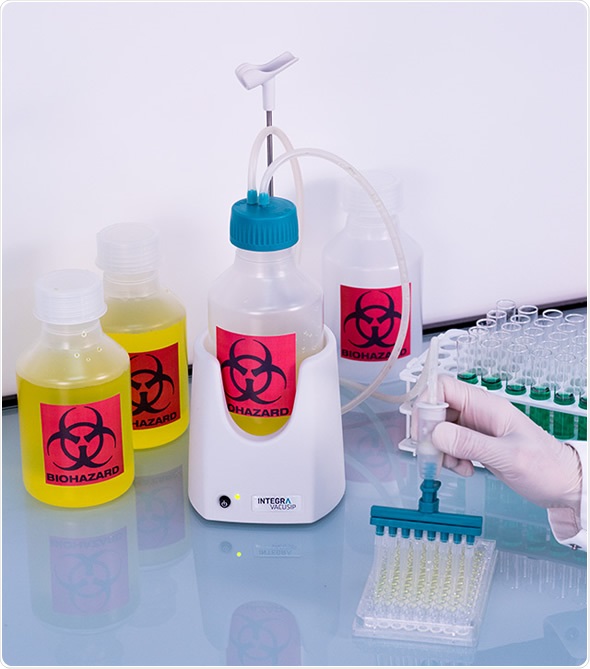Professional Liquid Waste Removal Melbourne: Quick and Budget Friendly Providers
Professional Liquid Waste Removal Melbourne: Quick and Budget Friendly Providers
Blog Article
How Fluid Garbage Disposal Works: A Detailed Summary of Methods and Technologies Employed

Review of Fluid Waste Types
The complexity of liquid waste types necessitates a thorough understanding of their characteristics and implications for disposal. Fluid waste can extensively be classified into several kinds, including industrial, municipal, farming, and unsafe waste. Each category displays distinct homes, needing particular management strategies to reduce ecological and health and wellness risks.
Industrial fluid waste stems from making processes and frequently has a variety of pollutants, such as heavy metals, solvents, and natural substances. Metropolitan liquid waste, primarily comprising wastewater from houses and industrial establishments, has raw material, nutrients, and virus (industrial wastewater treatment). Agricultural fluid waste, including overflow from farms, might contain plant foods, chemicals, and animal waste, positioning threats to water top quality and environments
Unsafe liquid waste is characterized by its toxicity, sensitivity, or potential to trigger damage. Recognizing these diverse fluid waste kinds is critical for developing reliable disposal approaches and guaranteeing conformity with ecological policies.
Physical Treatment Methods

Screening is the first action, where larger bits and debris are gotten rid of from the fluid waste utilizing screens or grates. In sedimentation storage tanks, heavier bits work out at the bottom, creating a sludge layer, while the made clear fluid can be additional treated.
Filtration is an additional essential approach that includes passing the fluid via permeable products, such as sand or membranes, to capture smaller fragments. This step boosts the quality of the fluid, making it appropriate for subsequent treatment processes.

Chemical Therapy Strategies
Chemical treatment strategies are necessary for properly managing liquid waste, particularly in resolving dissolved and colloidal pollutants that physical approaches may not sufficiently get rid of. These strategies use different chemical agents to neutralize, speed up, or change dangerous compounds right into less hazardous types.
One typical technique is coagulation and flocculation, where chemicals such as alum or ferric chloride are contributed to promote the gathering of suspended bits. This procedure enhances sedimentation, enabling much easier removal of the resulting sludge. Furthermore, oxidation procedures, utilizing agents like chlorine or ozone, are used to break down complex natural compounds and pathogens, making the waste safer for discharge or further therapy.
Neutralization is another crucial method, which changes the pH of acidic or alkaline waste streams to neutral degrees, stopping potential damage to downstream systems and the setting. Furthermore, advanced oxidation processes (AOPs) utilize combinations of oxidants and ultraviolet light to weaken persistent pollutants, achieving a higher degree of therapy efficiency.
Biological Treatment Processes
Organic therapy procedures play an essential role in the administration of liquid waste by utilizing microorganisms to break down raw material and decrease impurity degrees. These procedures can be extensively categorized into anaerobic and cardio therapies, each utilizing particular microbial communities to achieve efficient waste deterioration.
Cardio therapy entails making use of oxygen to assist in the break down of natural products by germs. This process is commonly applied in triggered sludge systems, where aeration tanks provide a helpful atmosphere for microbial growth, bring about the oxidation of natural contaminants. The resultant biomass can be separated from dealt with effluent via sedimentation.
On the other hand, anaerobic therapy takes place in the absence of oxygen, relying upon various germs to damage go to this web-site down raw recommended you read material. This method is specifically helpful for high-strength waste, as it generates biogas, a renewable resource resource, while lowering sludge production. Technologies such as anaerobic digesters are regularly utilized in municipal and commercial applications.
Both anaerobic and cardiovascular organic treatments not just minimize the ecological effect of liquid waste however additionally assist in source recovery, making them vital parts of lasting waste administration techniques. Their performance, performance, and flexibility sustain their extensive application across different industries.
Emerging Technologies in Disposal
Cutting-edge methods to liquid waste disposal are swiftly advancing, driven by advancements in innovation and a raising focus on sustainability. important source Amongst these emerging modern technologies, membrane bioreactors (MBRs) have actually gained traction for their capacity to incorporate biological treatment with membrane filtration, resulting in premium effluent that can be recycled in numerous applications. MBRs enable smaller impacts and more efficient operations compared to conventional systems.
One more appealing development is the use of anaerobic digestion combined with nutrient healing innovations, which not only treats liquid waste yet additionally generates biogas and recuperates useful nutrients like nitrogen and phosphorus. This twin benefit improves resource effectiveness and lowers ecological effect.
Furthermore, advanced oxidation procedures (AOPs) are being taken on for the destruction of complicated organic pollutants. These methods make use of effective oxidants and catalysts to break down contaminants at the molecular degree, providing a highly reliable option for difficult waste streams.
Additionally, the combination of expert system and artificial intelligence in waste management systems is maximizing functional efficiency and anticipating maintenance, leading to lowered expenses and boosted environmental compliance. These modern technologies show a significant change towards more effective and lasting liquid garbage disposal practices.
Verdict
In verdict, reliable liquid waste disposal requires a detailed understanding of numerous methods and innovations. By continually progressing these methodologies, it ends up being possible to attend to the expanding challenges associated with liquid waste, ultimately adding to environmental defense and resource recovery.
Liquid waste disposal is an important facet of ecological monitoring, requiring an extensive understanding of different methods and technologies tailored to different waste types. Liquid waste can generally be classified right into numerous kinds, including commercial, community, agricultural, and hazardous waste. Agricultural liquid waste, including drainage from farms, might have plant foods, chemicals, and animal waste, posturing dangers to water quality and communities.
Various physical therapy approaches play an important role in managing liquid waste effectively - industrial wastewater treatment.In final thought, effective fluid waste disposal necessitates a thorough understanding of different techniques and technologies
Report this page